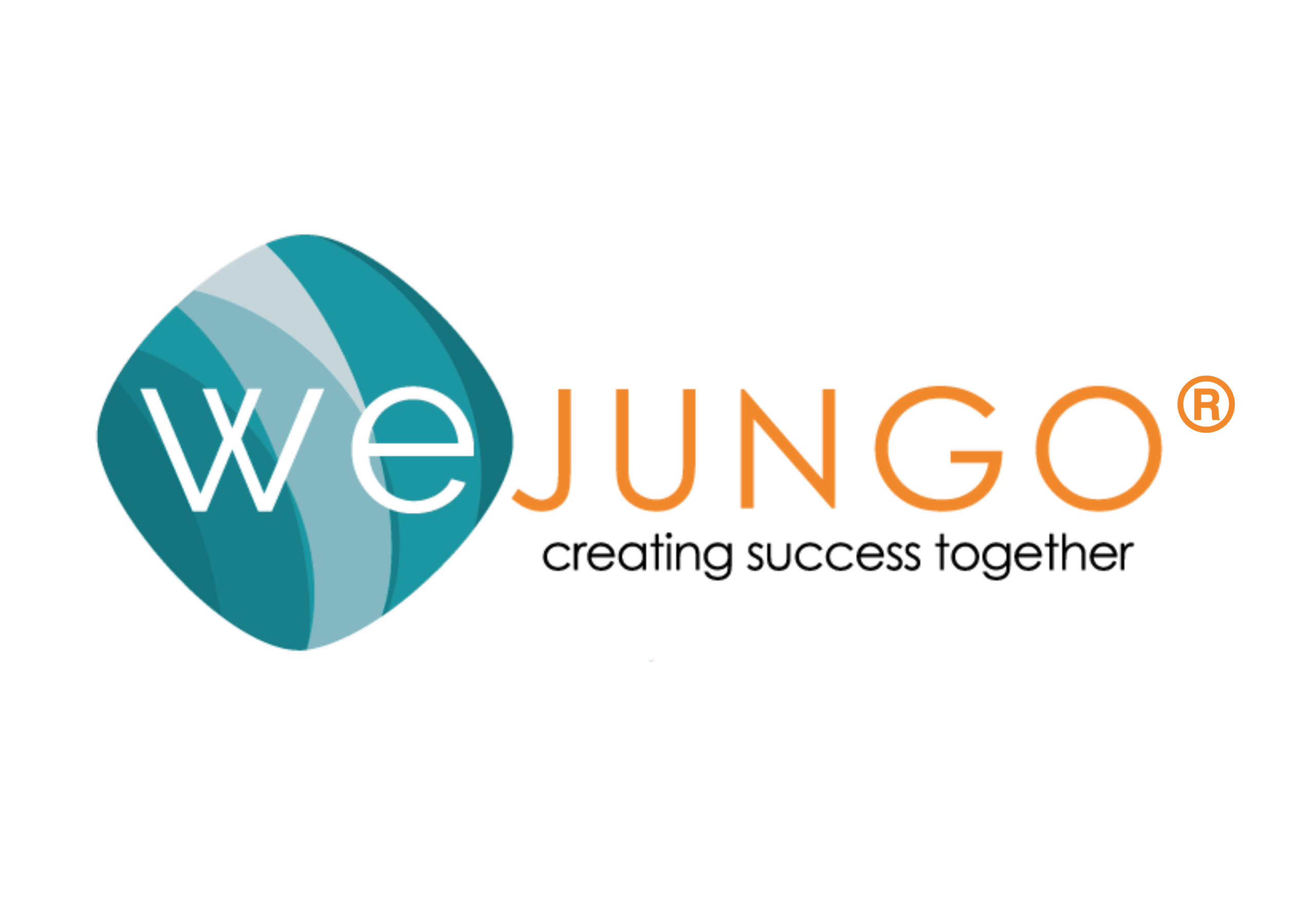Is Work Life Balance a Reality in Today’s Workforce?
“Technology has expanded the 9-to-5 workday into the 24/7 workday, which has made it extremely difficult for employees to have personal time. Companies are being forced to react to this work life dilemma by investing more in their programs in 2015. In the future, every company will have a flexibility program and those that don’t will lose the battle for the top talent.” ? Dan Schawbel, New York Times bestselling author of Promote Yourself
According to the 2015 Workplace Flexibility Study, over 65% of human resources professionals believe their company provides their employees with the “work-life-balance,” we all want and need. However, if you’re an employee it probably won’t surprise you that this study’s results show a huge disconnect in what many human resources professionals believe and what is reality.
FACT 1: More than 2/3 of today’s U.S. workers struggle to find the ideal level of work-life balance according to a recent study, “Changing Work and Work-Family Conflict: Evidence from the Work, Family, and Health Network.”
FACT 2: 30 million Americans now work from home at least one day a week, according to the Telework Research Network. When you consider the most successful businesses, the one’s you admire most, it should come as no surprise that most if not all of them spend significant time/money/resources to keep their employees engaged. Many of these companies offer flexible workspaces ? which allows employees to work when and where it’s most cost-efficient and effective.
FACT 3: In the next 10 years, Millennials will dominate the workforce. The Hartford estimates Millennials will make up 75 percent of the U.S. workforce by 2025. And while it is valued across all generations, flexibility is especially important to younger generations. A recent survey by the Society for Human Resource Management (SHRM), found that 58 percent of human resource professionals cite flexibility as the most effective way to attract new talent.
These three facts may be a large part of why more and more companies are investing in work flexibility programs in 2015.
HAVE YOU EVER HEARD A BUSINESS LEADER SAY, “Flexible work policies aren’t worth it, they’re just a ?perk’ to employees and they don’t drive bottom line results” ?
We strongly disagree with this belief and encourage Business Leaders to take a look at these two success stories of American Express and Aetna.
AMERICAN EXPRESS
According to American Express, their BlueWork program has saved between $1
AETNA
Insurance giant Aetna is another company that uses flexible workspaces to boost its bottom line. Of Aetna’s 35,000 employees, 14,500 do not have a desk at Aetna, a move that the company’s top executives, CEO Mark Bertolini and nationa
Thanks to those policies that impact 47% of the workforce, the company has been able to get rid of 2.7 million square feet of office space, a savings of about $78 million per year, once you add utilities, housekeeping, mail service and document shredding. (Source: Forbes.com Flexible Workspaces: Employee Perk Or Business Tool To Recruit Top Talent?)
With such a big disconnect between what many companies think they are providing and what they actually are providing, what can be done to make sure your company is not missing the mark?
Here are 8 THINGS THAT WILL IMPROVE EMPLOYEES’ WORK-LIFE-BALANCE.
- PURPOSE: Employees want to be part of something they believe in. Don’t assume money is the only important factor. Most employees across all generations at the end of the day want to know that what they do matters and that it makes a difference.
- DEVELOPMENT: Employees want to learn and develop in work and life. Especially Millennials, who let us remember will be the majority in 10 years, often times value their personal learning and development over financial rewards. According to PWC’s Millennials at Work study, they rank learning/development benefits from employers first, followed by flexible working hours, and in a surprising third place were cash bonuses.
- CLEAR EXPECTATIONS: Employees want clearly defined goals that are measurable, achievable and linked to how they will help achieve the company’s overall goals. By ensuring everyone is on the same page, your employees will not have any added stress of unknown expectations. TO DO: As a manager you could hold quarterly meetings to set goals and address areas for improvement and then at year-end review you can then make decisions on promotions, raises, and bonuses.
- ACCOUNTABILITY: Employees want to be held accountable and be given responsibilities. If you’re a manager you should be measuring your own success by how well your team is performing. Employees want to be challenged, they want to be held accountable and they want you to trust them. Accountability breeds engagement in the workforce, and with more engaged employees, they will be happier with their work life. TO DO: Ask your team on a monthly basis if there is more they can or want to do, they might surprise you.
- AUTONOMY: No matter which generation an employee is in, all employees want the freedom over how they work. Give your employees the freedom to work in a way that works best for them. Giving this type of freedom will absolutely improve an employee’s work-life-balance. TO DO: Start small, work with your teams, get them to make a number of suggestions on how you can give them more freedom and flexibility. Then implement one of their suggestions and see what happens.
- FLEXIBILITY: The majority of Millennials say they will take as much as a 20% pay cut to work for a company that gives them flexible work options, versus telling them to be?at the office between 9-5. Yes this takes trust, but don’t fight this, because by 2020, 1 in 3 people will be hired to work online, from anywhere they want, according to an estimate from Odesk. TO DO: You can look into offering options such as flexible vacation policies, telecommuting and/or allowing employees to work from home one day a week.
- ACKNOWLEDGEMENT: All employees, no matter what the generation want positive recognition. The only difference in generations is that Millennials typically will not stay long with a company where their manager does not appreciate and recognize their contributions. Annual performance reviews are not enough. Employees want frequent personal connections where you genuinely care about what’s going on in their lives, both work and personal. TO DO: Giving out positive acknowledgement is really simple, yet so few people are consistently doing?it. Make it a habit, and?soon you won’t even have to remember to do it, it will be part of who you are. Learn the best ways to acknowledge your team in this article?”Become A Leader of the Best.”
- MONEY: Employees do value money. When it comes to work-life-balance “money” is important. A number of studies have concluded that money can be used as an motivator by paying employees enough to take the issue of money off the table. So “taking the issue of money off the table” means?an employee being able to provide for themselves and their families. Daniel Pink says it’s better to pay people a little more than the norm and allow them to focus on their work than to pay them based on performance. Companies like Ultimate Software are 100% committed to this belief and provide their employees with full health care benefits at no cost, greatly reducing stress in their lives. This may be a huge expense, but remember, for the majority of employees their health and their families’ health is most important. Check out 11 companies that offer 100% health coverage
In this war for talent, will you challenge yourself to come up with new flexibility offerings that will allow your employees to have a more balanced work-life?
If your answer is YES, we’d be happy to help you get started by sharing with you our one-pager WORKPLACE FLEXIBILITY CHEAT SHEET. To receive your copy today just email us at info@wejungo.com with re: WPF Cheat Sheet in the subject line.
Please share what your company is doing to create a better work-life balance, and comment with your thoughts and/or questions below.













